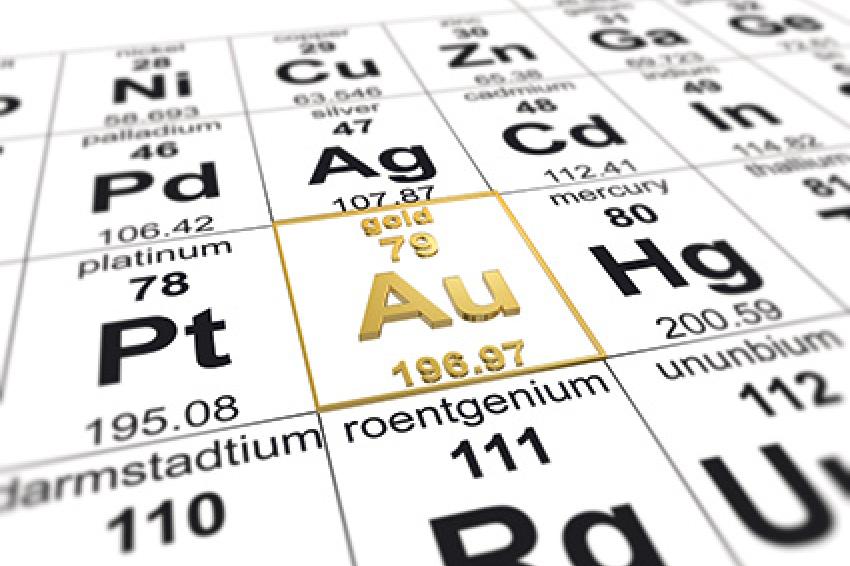Adding Value
Growing Market Opportunities and Strategic Options for Chemical Distributors
Robust Expansion - From 2008 through 2013, the worldwide chemical distribution market grew approximately 6.5% per year (corrected for exchange rate effects) to roughly €168 billion, according to a new report by The Boston Consulting Group. That rate exceeds the concurrent nominal annual 4.4% expansion in worldwide chemical consumption. We expect growth in the chemical distribution market to slow to 5.6% in the coming five years (fig. 1a).
Increased chemical consumption and outsourcing were the main growth drivers through 2013. Over that timespan, chemical distribution in Western Europe and North America (excluding Mexico) grew slowly but steadily - 1.6% and 2.6%, respectively. In emerging markets, growth rates were highest in the Asia-Pacific region, Middle East and Africa, and Central and Eastern Europe, which all averaged around 10%. Latin America (including Mexico) was next at 8.6%. Within Asia-Pacific, China's growth exceeded 10%, compared with approximately 6% in the rest of the region.
Developments Among Distributors
Today, the distribution market remains fragmented, with top companies dominating specific markets but few global powerhouses. As of 2012, the three largest global distributors, Brenntag, Univar and Nexeo Solutions, held a combined market share of 12.7%.
Fragmentation is most pronounced in emerging markets: In Asia-Pacific and the Middle East and Africa, the top three players collectively hold 6% to 10% of the market. In North America and Europe, the top three players hold 30% to 40% and 15% to 20%, respectively (fig. 1b). The global top ten include two specialty distributors and five mixed-model distributors.
Over time, we expect producers to favor medium-sized local champions and large international players. Three main factors are driving consolidation. The first is that producers are reducing the number of their dealer relationships. The second is increasing regulation. New rules governing documentation, safety and environmental protection are being implemented in Europe, and are likely coming in the US and large developing markets. The third major force spurring consolidation among distributors is M&A. Large international distributors have been active acquirers in recent years, particularly in emerging markets.
Best Practice For Distributors
Specific success factors for distributors vary by company size. Small and medium-sized distributors need to ensure their financial stability and comply with local regulations - particularly in emerging markets. If they lack critical mass and sufficient volume, they will have to partner with competitors or seek an acquisition or merger. Once their viability is assured, they can differentiate themselves through specialization.
Large international distributors will continue to use M&A to increase their reach and industry expertise in fast-growing sectors such as oil and gas or water treatment. In emerging markets, where buyout candidates are becoming scarce, distributors must identify the right targets, such as medium-sized companies struggling with evolving regulations.
When expansion into local markets is not possible through M&A, large distributors need to extend their reach organically. They should focus on building strong regional positions to enhance their standing as preferred partners in promising markets such as Asia.
Best Practice for Chemical Companies
Chemical companies considering whether to work with distributors have three major imperatives:
- Define a robust business rationale for employing third-party distributors, setting out each party's roles and obligations
- Select a distributor willing and eager to realize the supplier's business case
- Govern the relationship over time to maintain high performance
The business rationale for using third-party distribution often entails two considerations, coverage and efficiency. Can the supplier leverage the distributor's commercial and logistics networks to improve its market expertise and access? This concern is especially relevant for suppliers seeking growth in new geographies or market segments. And can the distributor reduce costs and complexity for the supplier through services such as packaging, mixing, formulating and inventory management?
When developing its go-to-market strategy, a supplier must ask if in-house or third-party distribution is more cost-effective. In typical cases, this analysis entails estimating the system cost and total profit pool of a region or business line. Does working with a distributor enlarge the total profit pool either by decreasing system costs or increasing price realization? With higher sales territory density and more multiproduct line delivery routes than individual chemical suppliers, distributors can often reduce total system costs. The key is local scale - even though distributors are typically smaller than chemical suppliers, they can be much larger in specific geographies or end markets.
In addition, distributors may realize higher prices by bundling products and services to add value for the customer, or by focusing on customers considered non-core to large suppliers. In other cases, distributors simply have stronger capabilities in pricing execution than do suppliers.
Distributor Selection
Assuming that this process culminates in the decision to outsource distribution, the supplier should select a distributor based on its ability to realize the supplier's business rationale. In addition to general considerations such as a distributor's financial strength, creditworthiness, reputation, and ethics, the distributor's capabilities should map to the business rationale. For example, if the supplier seeks increased coverage, its selection of distributor should involve metrics such as the size of each distributor's sales force, its square meters of warehouse space and its roster of active customers. Conversely, if efficiency is the main consideration, the supplier should evaluate each distributor's cost structure and ability to reduce the supplier's costs.
Once a distributor is selected, the supplier should use tough love to manage the relationship. The distributor is both a key customer and a vendor and must be managed accordingly. The key is to align incentives to motivate the distributor to work for the supplier's commercial benefit. Suppliers can choose among several different levers, ranging from mutual exclusivity to market-based steering, depending on such considerations as geography, product line, and available alternatives.
In a mutually exclusive relationship, contractual agreements covering topics such as information transparency and revenue targets and penalties can solidify the supplier-distributor partnership, as can shared activities and assets such as warehouses. This approach works best with distributors handling a highly specialized product closely identified with the supplier's brand, or when the supplier wants to protect its price point and the distributor can offer differentiating cost advantages. Conversely, in market-based models, suppliers reward distributors that deliver the most volume or enhance margins. This model works well for commodity products that require a less technical sale.
Summary
Distributors can capitalize on increased shipments and suppliers' cost-cutting needs by establishing preferred partnerships and focusing on differentiating, value-added services. International distributors can differentiate themselves by improving reach and segment-specific expertise, while small companies should broaden their networks to become local champions. Suppliers should clearly define their distribution objectives, carefully choose their distributors, and actively manage the distributor relationship.
Contact
BCG The Boston Consulting Group GmbH
Ludwigstr. 21
80539 München
Germany









